Essential Safety Measures in Industrial Dismantling
Industrial dismantling is a highly technical process that requires strict adherence to safety protocols. From removing massive machinery to deconstructing entire facilities, these projects often involve hazardous environments and high-risk materials. Without well-planned safety measures, the potential for injuries, environmental harm, or structural failure increases significantly. Solidifying the safety of both personnel and nearby communities isn't only a legal requirement but a moral obligation.
A successful industrial dismantling operation hinges on a well-structured safety strategy. This includes hazard identification, proper equipment use, and effective communication among all project teams.
Managing Hazardous Materials and Waste Responsibly
One of the most pressing safety concerns in dismantling is the management of hazardous materials. Substances such as asbestos, chemical residues, and heavy metals pose significant health and environmental risks. A thorough site assessment is essential to locate and safely remove these contaminants.
According to Zero Waste Design, construction and demolition (C&D) waste accounts for 25% to 45% of the solid waste stream by weight and is often contaminated with toxic substances, paint, adhesives, and fasteners. Without proper handling, these materials can spread pollution and pose long-term environmental hazards. Waste segregation, sealed containment, and adherence to disposal regulations help reduce these risks and ensure project compliance.
Protecting Workers Through Equipment and Training
Worker safety is at the core of any safe industrial dismantling operation. Personal protective equipment (PPE), including helmets, gloves, respirators, and full-body gear, serves as a first line of defense against injuries and toxic exposure. But gear alone isn’t enough.
Routine safety training, emergency response drills, and hazard awareness programs empower workers to handle risks confidently. A culture of proactive safety, reinforced by site supervisors and management, ensures that safety practices aren't overlooked during daily tasks.
Solidifying Structural Stability and Team Communication
Structural integrity is another critical factor. As dismantling progresses, previously stable elements may become weak or unpredictable. Advanced tools like structural health monitoring systems can detect shifts in real time and allow teams to respond quickly to emerging threats.
Additionally, clear communication among workers, engineers, and supervisors prevents confusion that can lead to dangerous mistakes. A step-by-step dismantling plan ensures that each phase of the project is performed with safety in mind and in proper sequence.
The success of any industrial dismantling project depends on strict safety protocols. By managing hazardous materials, prioritizing worker protection, and maintaining structural stability, teams can perform their work without compromising health or safety. A commitment to safety not only meets legal standards but reflects a deeper responsibility to people and the planet. Hand it to Eglentowicz Demolition & Environmental Company to handle your
industrial dismantling project with the highest standards of safety, precision, and environmental care.

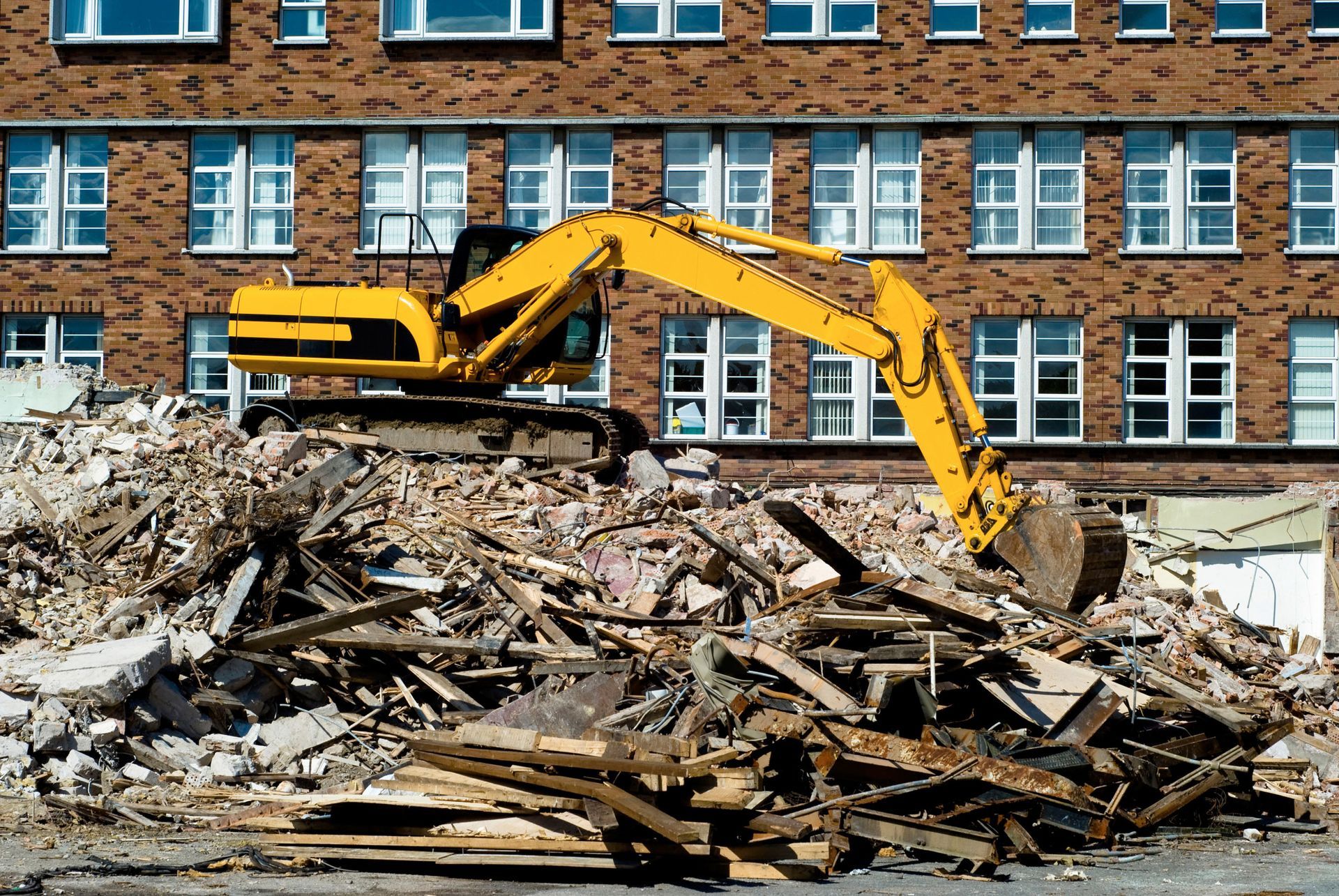
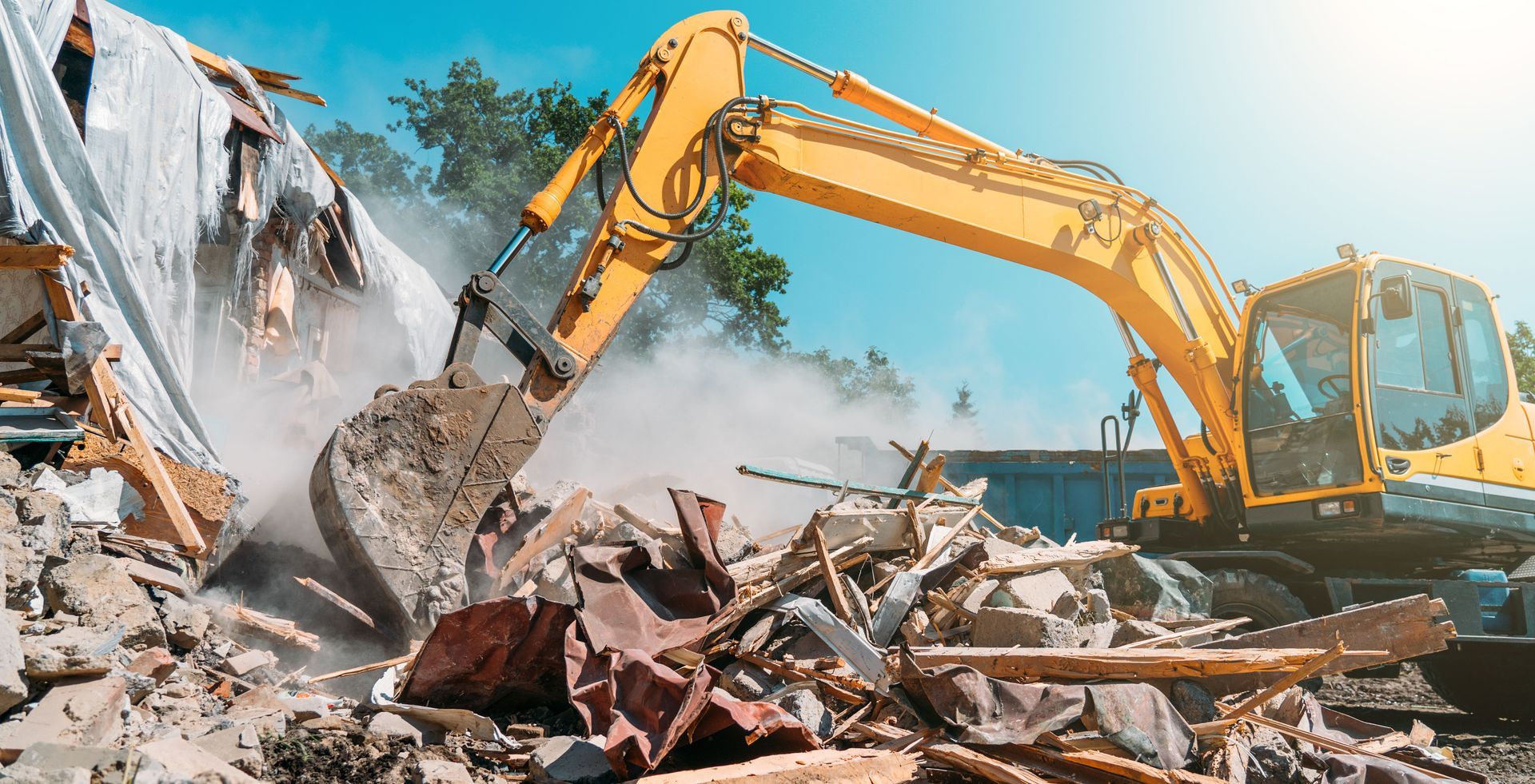
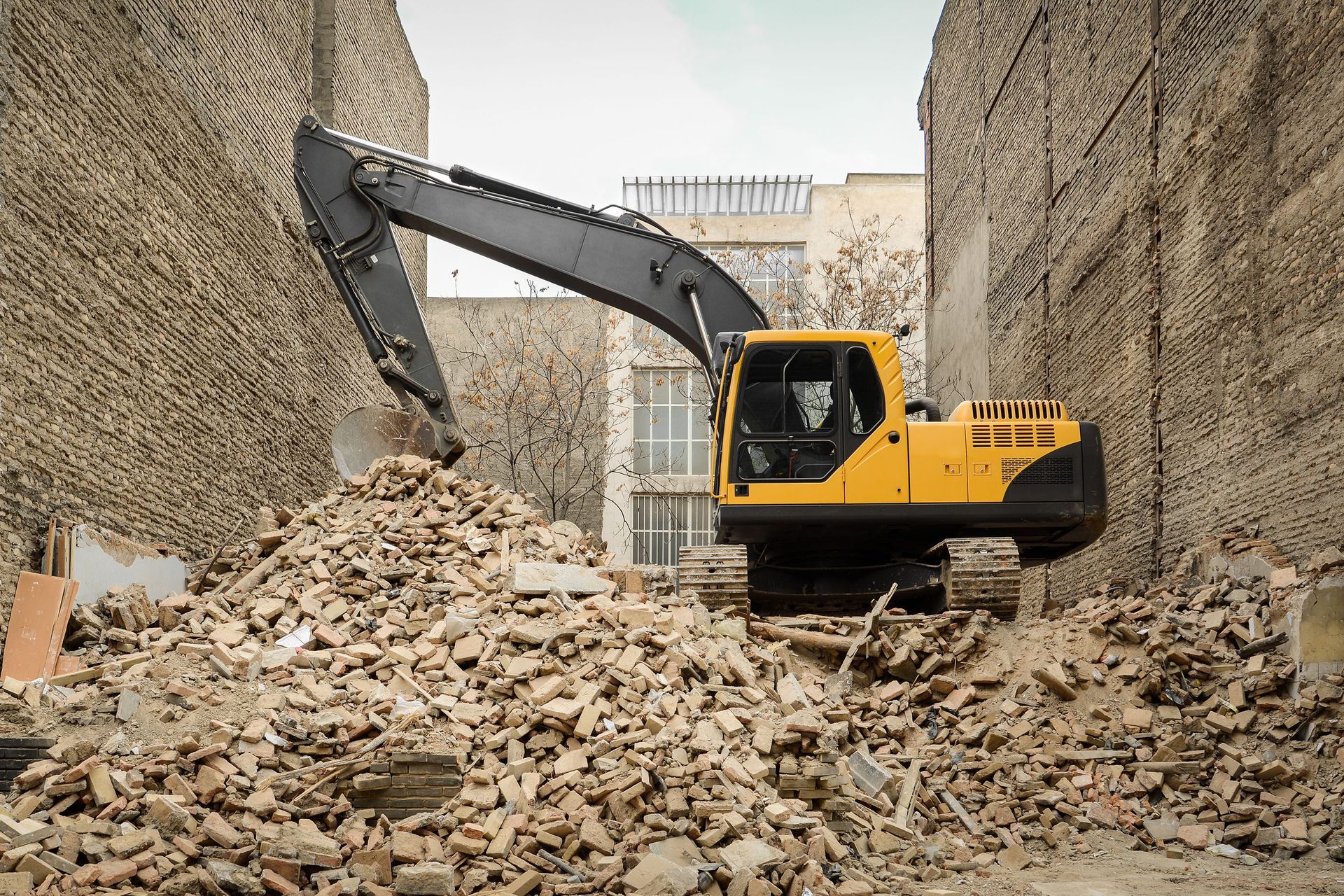
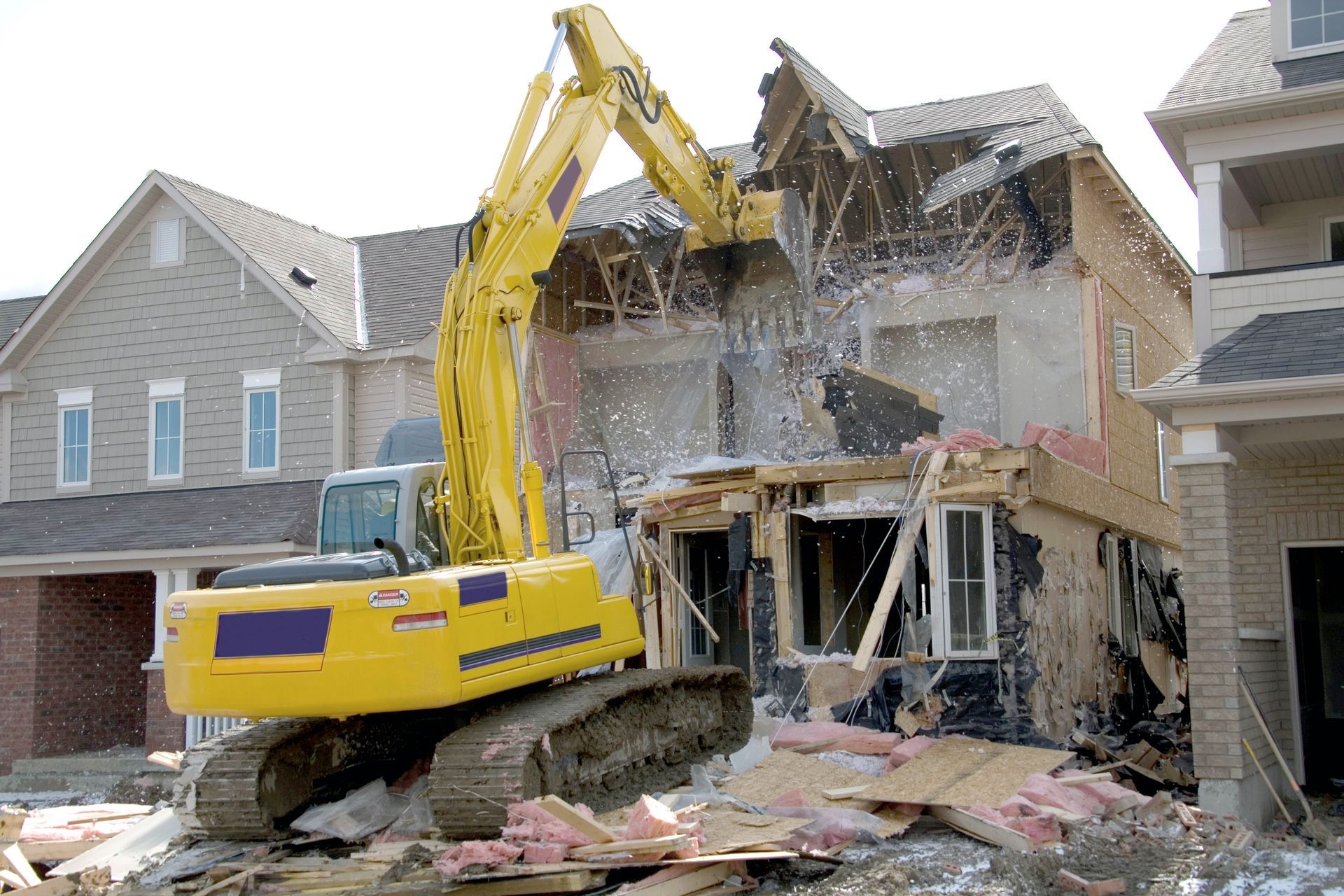

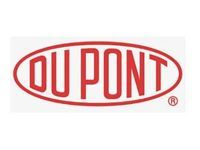







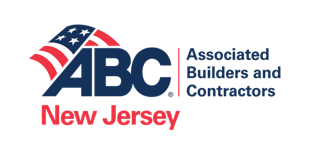




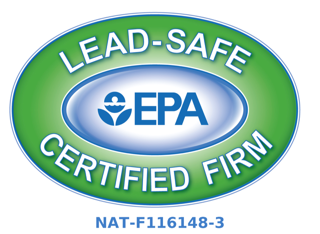



Share On: